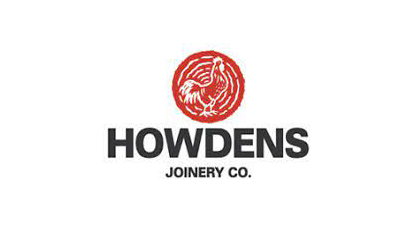
- Details
- Category: Blog
A review of team leader daily routine identified 17 separate IT systems to carry out 33 routine tasks. Linking up those systems into a more connected ecosystem saved 45 minutes of Team leader time per shift.
These gains were welcome but the real gains from Digitisation were achieved through the enhanced connectivity between the physical and digital worlds which make it easier to spot potential problems early and take steps to deal with them before a failure occurs.
At a business level the enhanced connectivity delivered a step up in performance to support revenue growth, cost reduction and cash flow control at minimal incremental cost.
At an operational level these gains included:
- Increased OEE by 5%
- Skill development time reduced by 50%
- Updates implemented within 24 hours
The real story is that these gains were delivered by linking up what was previously 4 separate processes to make work processes easy to do right, difficult to do wrong and simple to learn. These are:
- Task definition
- Training
- Compliance
- Feedback and revision (rinse and repeat)
This is an example of how improved connectivity closes the loop between the digital and physical worlds to shine a light on process gaps that are barriers to improvement. In this case this was achieved by linking up existing untapped data using cloud based microsystems or apps.
On its own however, the improved connectivity was not enough to deliver the above gains. Those came from actions to get users to ditch their spreadsheets by developing their ability to use the data to make decisions. In most cases, the spreadsheets were developed to collate data and produce reports for others to use.
Using data analysis to develop new insights and make decisions required a different outlook and skill set.
The outcome of that change in outlook revealed that the root causes of many issues were skill and knowledge gaps and the countermeasure to that involved fixing the above end to end process. That included clarifying accountabilities for completing missing steps in the process.
With hindsight, the weaknesses were obvious but in the real world, there are many gaps like this which are hidden by the day to day pressure on output.
That is why the key to delivering the gains from digitisation is to treat it as an enabler. As one manager commented,
"it is like helping a toddler in a supermarket to push the trolley without knocking over merchandise."
This is a journey not a destination. A journey that involves developing the ability of the current workforce to deal with legacy weaknesses and encourage their curiosity about what can be achieved to improve work routines.
The steps of this journey mirror that of the TPM road map (see table below). A stepwise approach developed over 50 years to systematically raise effectiveness and deliver the full potential of production technology.
|
Milestones |
Goal |
Capability |
Actions |
|
1 |
Maintain conditions |
How to set and maintain basic conditions. |
|
|
2 |
Prevent mis operation |
How to identify complex processes and develop routines that are easy to do right, difficult to do wrong and simple to learn. |
Establish normal condition standards, refine weak/missing/complex work routines. Improve compliance and progress towards stable operation. |
|
3 |
Reduce causes of minor stops and speed losses |
Analyse causes of unplanned interventions to refine work routines to remove them and make abnormal conditions visible at a glance. |
Enhance process control, upgrade visual indicators and work processes to sustain zero breakdowns and clarify optimum conditions. |
|
4 |
Improve operability and maintainability |
Analyse planned interventions to systematically reduce the causes of minor defects. |
Reduce adjustment points and formalise those remaining. Use low cost automation to extend MTBI. Prioritise areas based on levels of quality defects |
Table 1: TPM Road Map Milestones
The TPM Digitsation Road Map
The above case study is a powerful example of the synergy released by combining the TPM and Digitisation Roadmaps.
The enhanced quality of feedback from digitisation provides leaders with a way to accelerate progress towards TPM goals of zero breakdowns and year on year improvement in effectiveness by making it easier to:
- Identify potential gains and set improvement priorities.
- Develop capabilities to deliver those gains.
- Simplify and transfer tasks to release specialist time.
The TPM road map steps sets out the improvement glide path and tools to use to deliver enhanced value including:
- Focussed improvement tactics to systematically reduce each of 6 hidden loses.
- Loss Tree analysis, also known as cost deployment to identify the impact of performance enablers such as training on manufacturing costs.
- Programme governance stage gates and project management tools to secure flawless operation from day 1 when introducing new assets or changes to work processes.
Contact us to find out more about how to make the TPM Digitisation Roadmap a part of your improvement process here. Alternatively book onto our 1/2 day online training workshop The TPM Levers to Advanced Technology Gains.








